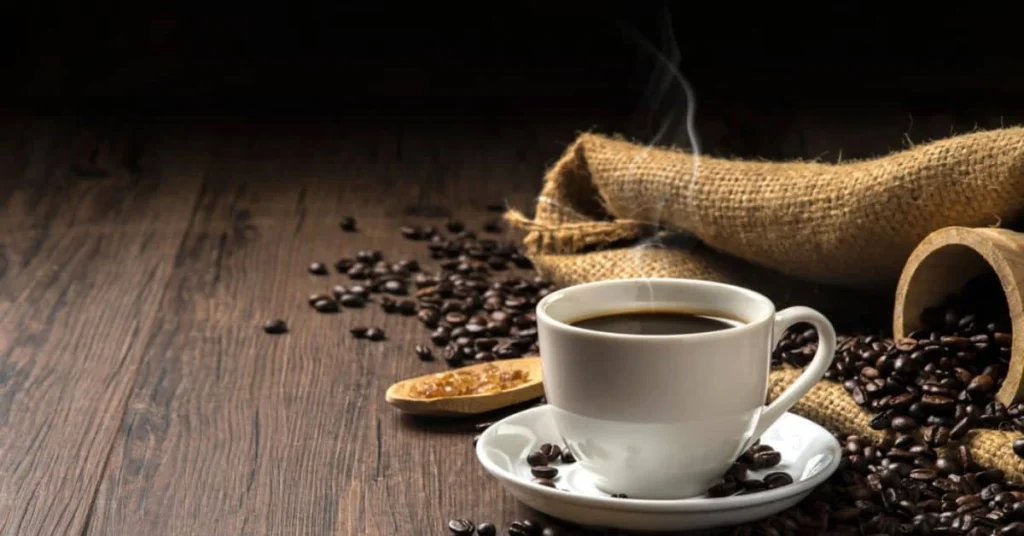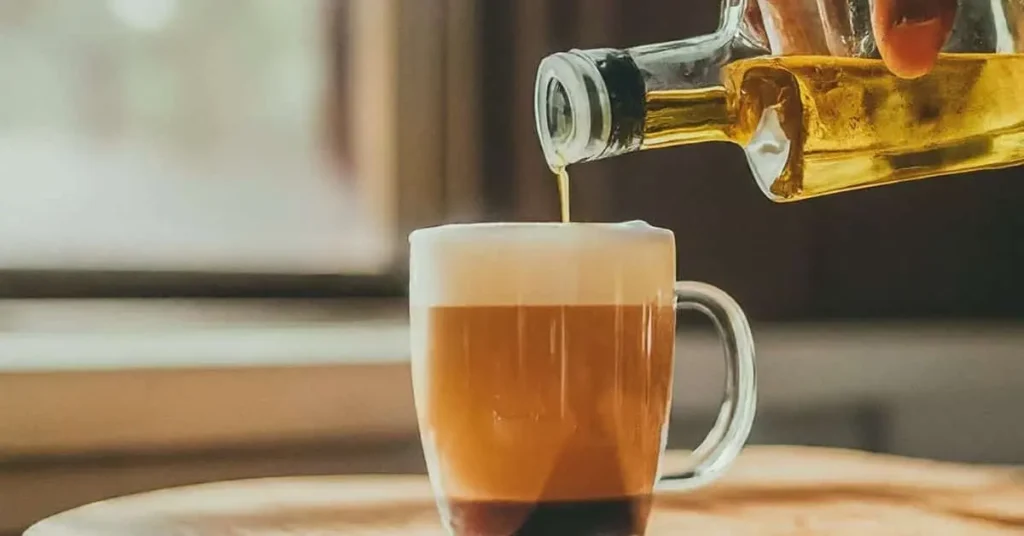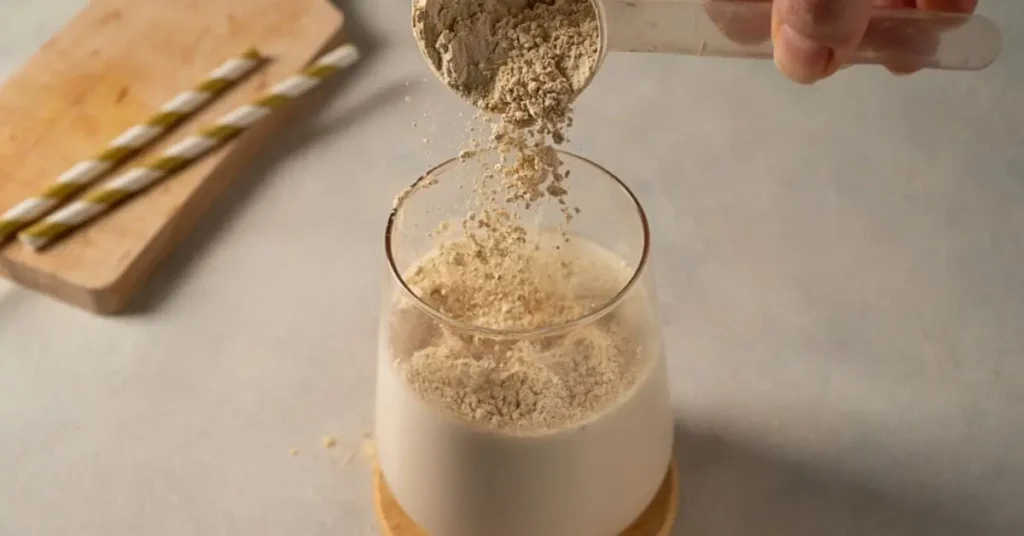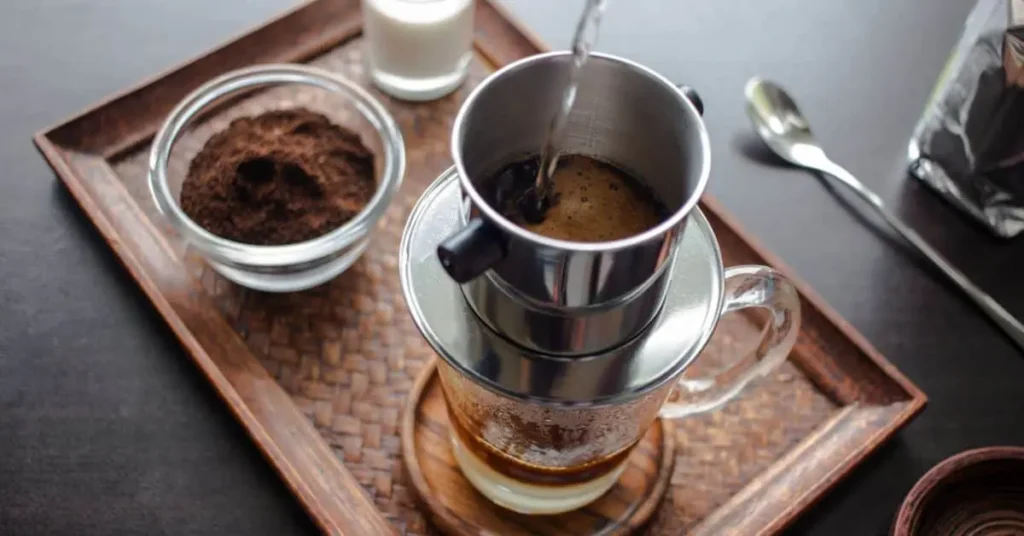Cappuccino and latte are both espresso-based drinks, but the key difference lies in their milk and foam proportions. A cappuccino has equal parts of espresso, steamed milk, and frothed milk, whereas a latte has more steamed milk and only a little foam on top.
When it comes to choosing your favorite coffee drink, it’s essential to understand the differences between cappuccino and latte. These popular espresso-based beverages have distinct characteristics that appeal to different taste preferences. Whether you enjoy a strong coffee flavor with a velvety texture or a creamier, milder beverage, knowing the contrast between cappuccino and latte will help you select the perfect drink to suit your palate.
Let’s delve deeper into the nuances of these classic coffee concoctions to help you make an informed decision the next time you step into a café.
History Of Cappuccino And Latte

The history of Cappuccino and Latte is as rich and enticing as their flavors. These two popular coffee beverages have their roots in Italy, where the art of coffee-making has been perfected over centuries. Cappuccino and Latte have become staple options on coffee shop menus all around the world. Let’s dive into the fascinating origins of these beloved drinks.
Origins Of Cappuccino
In Italy, the birthplace of Cappuccino, the name is derived from the Capuchin friars, a branch of the Franciscan order. These friars were known for their distinctive brown robes, which closely resembled the color of the coffee when mixed with milk foam.
The creation of Cappuccino as we know it today can be traced back to the 17th century, during the coffee boom in Italy.
Cappuccino was initially prepared using equal parts of espresso, hot milk, and foam. The drink was served in large cups, allowing the layers of coffee and foam to blend harmoniously. Over time,
Cappuccino became an emblem of Italian coffee culture, loved for its creamy texture and enticing aroma. Today, Cappuccino is often enjoyed with a sprinkle of cocoa or cinnamon on top, adding an extra touch of indulgence to this classic drink.
Similar Post: Wet Vs Dry Cappuccino
Origins Of Latte
The origins of Latte can be traced back to the 17th century as well, originating from the bustling coffeehouses of Vienna, Austria.
The word “Latte” is Italian for milk, highlighting the key ingredient that sets it apart from other coffee concoctions.
Latte was initially made by combining equal parts of espresso and steamed milk, resulting in a coffee beverage that was milder and creamier than its counterparts.
It wasn’t until the 1980s, with the rise of specialty coffee shops in the United States, that Latte gained widespread popularity.
Coffee enthusiasts across the globe embraced this smooth and velvety drink, often topped with a dollop of milk foam or latte art.
Today, Latte variations, such as flavored syrups or alternative milk options, have become common, catering to the diverse tastes and preferences of coffee lovers worldwide.
A Quick Comparison of Cappuccino and Latte
| Cappuccino | Latte | |
| Main Ingredients | Espresso, steamed milk, foam | Espresso, steamed milk |
| Texture | Foamy and velvety | Creamy and smooth |
| Serving Size | Smaller cup | Larger cup |
| Taste | Stronger coffee flavor | Milder coffee flavor |
While Cappuccino and Latte share a similar foundation, their distinct characteristics make them appealing to different coffee enthusiasts.
Whether you prefer the foamy extravagance of a Cappuccino or the creamy indulgence of a Latte, both beverages offer a delightful experience for your taste buds.
Ingredients And Ratios

When it comes to the world of coffee, the choice between a cappuccino and a latte can often leave many people scratching their heads. While both beverages are made from espresso and milk, the key lies in the ingredients and ratios used.
Cappuccino Ingredients And Ratio
A cappuccino is typically made with equal parts espresso, steamed milk, and milk foam. The balanced ratio in a cappuccino ensures a harmonious blend of flavors and textures. Let’s take a closer look at each ingredient:
| Ingredient | Ratio |
| Espresso | 1/3 |
| Steamed Milk | 1/3 |
| Milk Foam | 1/3 |
The espresso, which forms the base of the cappuccino, is brewed using a small amount of finely ground coffee beans. Its strong and bold flavor is crucial in complementing the sweetness of the milk.
The steamed milk adds smoothness to the cappuccino, while the milk foam on top provides a luxurious layer of creamy texture.
The one-third ratio for each ingredient ensures a delightful balance between espresso, milk, and foam, creating the iconic cappuccino experience.
Recommended Post: Wet Cappuccino
Latte Ingredients And Ratio
On the other hand, a latte has a slightly different composition. It is made with more milk and less foam, resulting in a creamier and milder flavor profile. Here’s a breakdown of the ingredients and their ratios:
| Ingredient | Ratio |
| Espresso | 1/4 |
| Steamed Milk | 3/4 |
| Milk Foam | Minimal |
In a latte, the espresso is still the foundation, providing a rich and robust flavor. The steamed milk, comprising three-fourths of the cup, serves to mellow the intensity of the espresso while adding a velvety smoothness. Unlike the cappuccino, the latte has minimal milk foam, allowing the focus to remain on the combination of espresso and milk. The result is a more delicate and creamy beverage for those who prefer a gentler coffee experience.
Preparation Methods
When it comes to comparing cappuccino and latte, one of the key aspects to consider is their preparation methods. Both of these popular coffee drinks have distinct methods of preparation that contribute to their unique flavors and textures.
Cappuccino Preparation
In a cappuccino, the preparation method involves equal parts espresso, steamed milk, and milk froth. The process begins with preparing a shot of espresso, which is then combined with an equal amount of steamed milk.
Subsequently, the mixture is topped with a layer of milk froth, adding a creamy texture and light foam to the drink. The ideal cappuccino is served in a 5 to 6-ounce cup, allowing for the perfect balance of flavors and textures.
Latte Preparation
Latte preparation, on the other hand, differs from that of a cappuccino. A latte consists of a shot of espresso, followed by a larger portion of steamed milk, and a thin layer of milk froth on top.
The preparation method for a latte emphasizes the creamy texture of the steamed milk, resulting in a smoother and less frothy consistency compared to a cappuccino.
Typically, lattes are served in larger cups, ranging from 8 to 12 ounces, allowing for a greater proportion of steamed milk to espresso.
Texture And Taste

When it comes to choosing between a cappuccino and a latte, the texture and taste play a significant role. Each of these popular espresso-based drinks offers a unique experience in terms of how they feel on the palate and the flavor profile they deliver.
Cappuccino Texture And Taste
A cappuccino is known for its luxurious, velvety texture and strong, bold flavor. The drink consists of equal parts of espresso, steamed milk, and milk foam. This rich and creamy concoction is characterized by its dense foam layer on top, providing a delightful contrast to the deep, robust taste of the espresso. The combination of the creamy milk and the intense coffee creates a harmonious balance of flavors that is both satisfying and indulgent.
Latte Texture And Taste
On the other hand, a latte boasts a smooth, silky texture with a milder, more subtle taste compared to a cappuccino.
Comprising one shot of espresso and a greater amount of steamed milk, the latte offers a creamier consistency that envelops the palate in a velvety embrace.
Its flavor is characterized by the delicate interplay of espresso and milk, resulting in a lighter, more delicate taste that is ideal for those who prefer a less intense coffee experience.
Related Post: Flat White Vs Latte
Popularity And Variations

One of the most popular debates in the coffee world is the battle between cappuccino and latte. These two classic Italian espresso-based drinks have captured the hearts of coffee enthusiasts around the globe. We will explore the popularity of cappuccino and the various variations of latte, delving into the nuances and flavors that make each beverage unique.
Popularity Of Cappuccino
Cappuccino is undoubtedly one of the most beloved coffee drinks worldwide. It is a classic Italian creation that combines equal parts espresso, steamed milk, and velvety milk foam.
The popularity of cappuccino can be attributed to its rich, creamy texture and its ability to perfectly balance the strong flavor of espresso with the frothy goodness of milk foam.
In many cafes and coffee shops, cappuccino is seen as a breakfast beverage, enjoyed in the morning alongside a flaky pastry or a slice of toast. Its light and airy approach sets it apart from other coffee drinks, making it a refreshing and invigorating choice to start the day.
What truly makes cappuccino a crowd-pleaser is its versatility. Many coffee lovers appreciate the opportunity to customize their cappuccinos, whether it’s by adding flavors like vanilla or caramel syrup or opting for a dusting of cocoa or cinnamon on top. Its adaptability has contributed greatly to its immense popularity, as it can be tailored to suit an array of taste preferences.
Variations Of Latte
Latte, another Italian coffee darling, offers a different take on the espresso-milk combination. In its most traditional form, a latte consists of a shot of espresso mixed with steamed milk, topped off with a thin layer of foam. However, the beauty of the latte lies in its flexibility, with numerous variations to suit all palates.
The popularity of latte lies in its smooth and mellow flavor profile. The addition of more milk in a latte results in a creamier and less pronounced coffee taste compared to cappuccinos, which makes it an excellent choice for those who prefer a less intense coffee experience.
Latte variations span a wide range, with popular options including flavored lattes such as hazelnut, caramel, or vanilla, which add a touch of sweetness and a burst of aroma. Additionally, latte art has become a popular trend, with skilled baristas expertly crafting beautiful designs on the surface of the drink.
Here’s a comparison of cappuccino and latte, highlighting their key characteristics:
| Cappuccino | Latte |
| Equal parts espresso, steamed milk, and milk foam | Shot of espresso, steamed milk, and a thin layer of milk foam |
| Light and airy texture | Creamy and smooth texture |
| Popular choice for breakfast | Enjoyed throughout the day |
| Highly customizable | Offers a wide range of flavors and variations |
Both cappuccino and latte have achieved immense popularity in the coffee world. The distinctive characteristics and endless variations of these two drinks make them suitable for various preferences and occasions.
Whether you crave the creamy simplicity of a cappuccino or the smoothness and versatility of a latte, these espresso-based beverages are sure to satisfy your coffee cravings.
Conclusion
After comparing the characteristics and flavors of cappuccino and latte, it is clear that both beverages have their unique features and appeal. Cappuccino offers a strong espresso flavor with a rich and creamy foam, while latte provides a smoother, velvety texture.
Whether you prefer the boldness of cappuccino or the gentleness of latte, both are delightful options for coffee lovers to savor. Indulge in your favorite one and enjoy every sip of your customized cup of coffee!
Ronsil
Meet Ronsil, the master barista behind EspressoRivo. With years of experience in the coffee industry, he brings a wealth of knowledge and passion to the table. As the owner of a successful coffee shop, Ronsil is a sought-after adviser in the field. His expertise and love for the craft shines through in every cup he serves. We are honored to have him as part of our team at EspressoRivo





